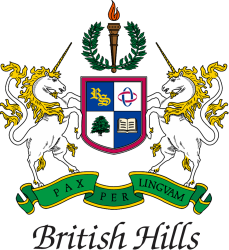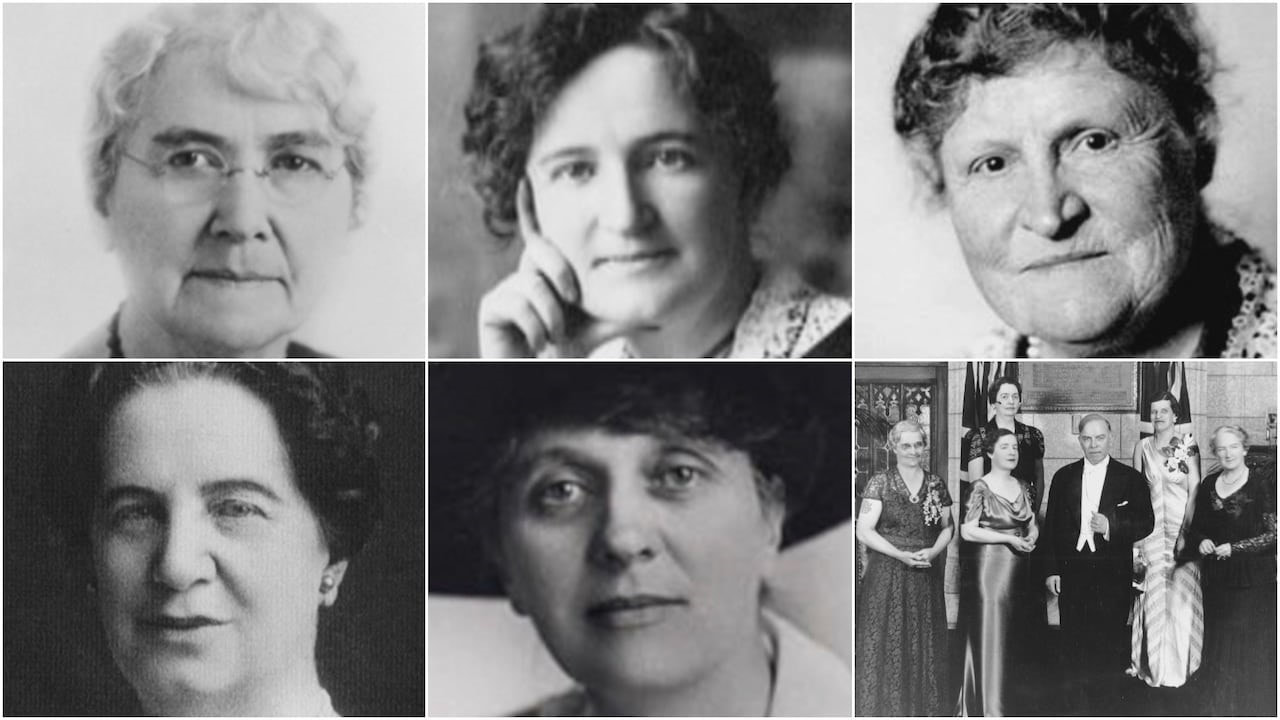The Famous Five
|
The Famous Five were a group of women who fought for women’s rights in Canada in the 1920s. The group included Henrietta Muir Edwards, Nellie McClung, Louise McKinney, Emily Murphy, and Irene Parlby. Together, these women were able change Canadian law to have women legally recognized as “persons” so they could vote in elections. The 1929 case, called the Persons Case, became a landmark case in Canada’s history because it showed that the Canadian constitution should be changed if there are laws which are unfair. Henrietta Muir Edwards worked as a women’s rights activist for her entire life. In 1875, when she was 26 years old, she founded a Working Girls’ Association in Montreal to provide free classes and meals for girls and young women. Nellie McClung was born in Ontario, Canada, in 1873. She was an author, politician, and social rights activist who was an important figure in the Suffragist (Women’s Rights) movement in Canada. It was due to her efforts that in 1969, Manitoba became the first province in Canada to give women the right to vote and run in elections. Louise McKinney from Alberta, Canada, was the first woman to be sworn into the Legislative Assembly of Alberta in 1917, effectively becoming the first woman in all of the British Empire to be elected to a legislature. She strongly advocated for better education and women’s property rights. Emily Murphy, also from Alberta, was a women’s rights activist and jurist. In 1916 she became the first female magistrate in Canada and the British Empire. That same year, she was able to convince the Alberta legislature to pass the Dower Act, and important law that would allow married women legal rights to a third of her husband’s property. This was important as before this law, there were cases of husbands selling their property, taking the money, and abandoning their wives and children with no way to take care of themselves. Irene Parlby was born in London, England, but moved to Canada in 1896 when she was 28 years old and settled in Red Deer, Alberta. She was elected to the Alberta Legislature in 1921, becoming the first female Cabinet minister in the country. She was a long-time advocate of women’s and children’s rights, and pushed to establish better public healthcare services, including establishing more hospitals, medical centers, and dental clinics. |


